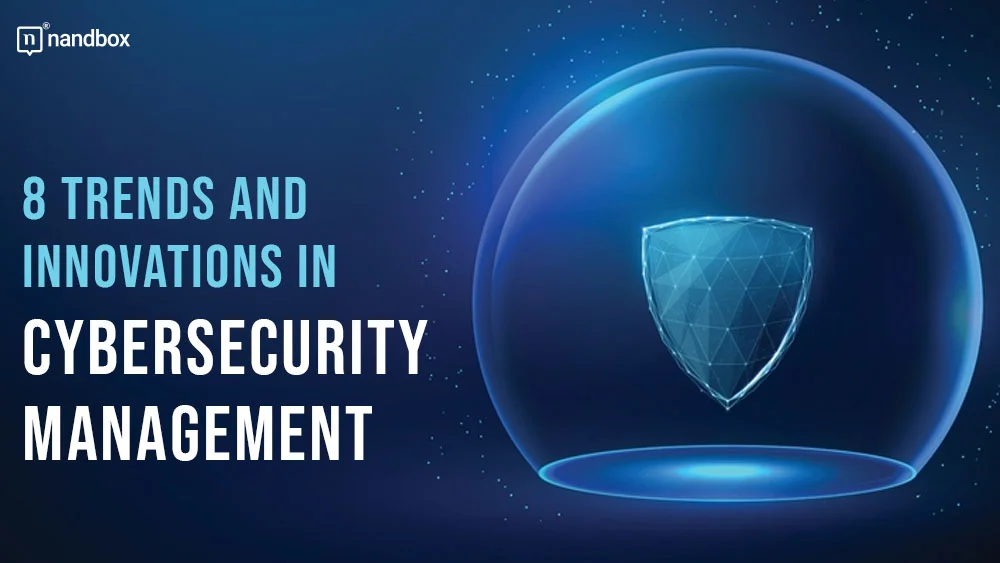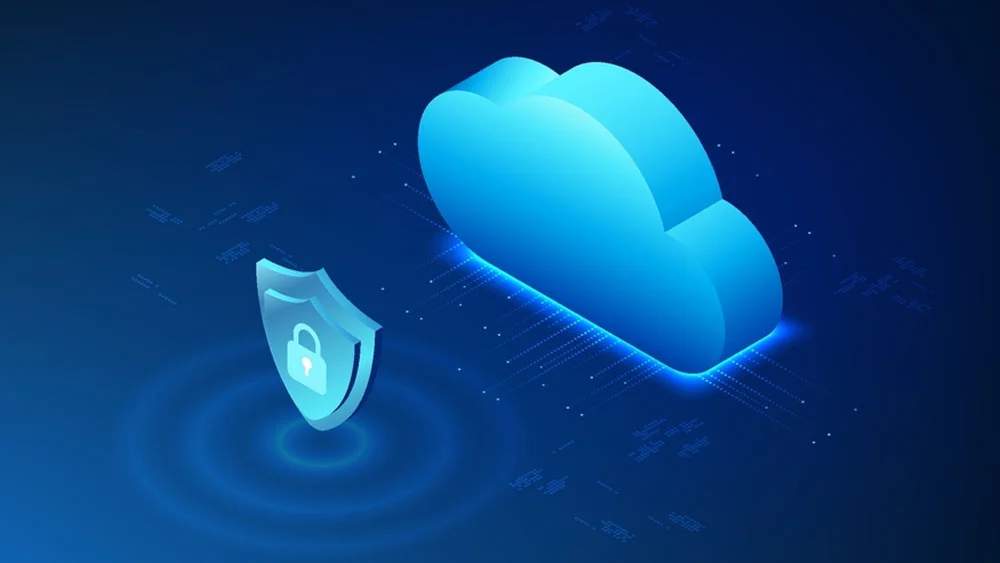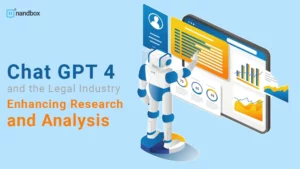Cybersecurity innovations are more critical than ever in today’s digital world. This is a world where businesses and individuals face an array of cyber threats. Ones that range from phishing attacks to sophisticated ransomware schemes. As technology rapidly advances, so do the tactics of cybercriminals, making it essential for cybersecurity strategies to continuously evolve.
This article explores the key trends and innovations that are currently shaping cybersecurity management, offering insights into how organizations can better protect themselves in this dynamic landscape.
1. Cybersecurity Innovations: Rise of Zero Trust Architecture
A major transformation in cybersecurity management is the widespread adoption of Zero Trust Architecture (ZTA). Unlike traditional security models that rely on perimeter defenses, Zero Trust operates on the principle that no entity, whether inside or outside the network, should be trusted by default. Instead, every access request must be verified and validated.
Zero Trust Architecture is gaining traction because it addresses the weaknesses of traditional security models, particularly in today’s environment where remote work and cloud computing are prevalent. This approach reduces the risk of breaches by ensuring that even if a cybercriminal gains access to the network, they cannot move laterally or escalate privileges without detection.
2. Integration of AI and Machine Learning
Artificial intelligence (AI) and machine learning (ML) are revolutionizing cybersecurity by enhancing the speed and accuracy of threat detection and response. These technologies can analyze vast amounts of data in real time, identifying patterns and anomalies that may signal a cyber threat.
For example, AI-driven systems can detect unusual user behavior, such as sudden increases in data access or login attempts from unfamiliar locations. By identifying these anomalies, organizations can respond quickly to potential threats before significant damage occurs. Machine learning algorithms also improve over time, learning from past incidents to enhance their accuracy.
If you’re interested in how AI and ML are transforming cybersecurity, you might want to look up the keyword master of science information security on any search engine. This program equips professionals with the expertise to effectively leverage these technologies in defending against cyber threats.
3. Cybersecurity Innovations: Advanced Threat Detection and Response Systems
The evolution of cyber threats has necessitated the development of advanced threat detection and response systems. These systems are designed to identify and neutralize threats in real time, minimizing the potential impact on organizations.
Traditional security systems often rely on signatures or predefined rules to detect threats. However, these methods can be slow to adapt to new and emerging threats. Advanced threat detection systems use behavioral analysis, machine learning, and AI to detect threats that may not have a known signature. This allows for quicker identification and response, reducing the time attackers have to cause damage.
4. Emphasis on Cloud Security
With the increasing adoption of cloud computing, cloud security has become a top priority for organizations. As businesses move their data and applications to the cloud, they must address the unique security challenges associated with this environment.
Cloud security involves protecting data stored in the cloud, securing cloud-based applications, and ensuring compliance with relevant regulations. Innovations in cloud security include advanced encryption methods, secure access controls, and continuous monitoring of cloud environments. These measures help organizations protect sensitive data from unauthorized access and cyberattacks.
5. Expansion of Cybersecurity Regulations
As cyber threats continue to evolve, governments and regulatory bodies are implementing stricter cybersecurity regulations to protect organizations and consumers. These regulations set the standards for how organizations should manage and protect data, as well as how they should respond to cyber incidents.
Compliance with these regulations is not just a legal obligation but also a critical component of a robust cybersecurity strategy. Organizations that fail to comply with cybersecurity regulations may face significant fines, legal actions, and reputational damage. As a result, many businesses are investing in compliance management tools and services to ensure they meet regulatory requirements.
6. Cybersecurity Innovations: Growth of Managed Security Services
As cyber threats become more sophisticated, many organizations are turning to managed security service providers (MSSPs) to handle their cybersecurity needs. MSSPs offer a range of services, including monitoring, threat detection, incident response, and compliance management, allowing businesses to outsource their security operations to experts.
The growth of MSSPs is driven by several factors. Firstly, the shortage of skilled cybersecurity professionals makes it difficult for organizations to build and maintain in-house security teams. MSSPs provide access to a pool of experts who stay up-to-date with the latest threats and technologies. Secondly, the complexity of modern cybersecurity environments, with the integration of cloud services, mobile devices, and IoT, requires specialized knowledge and tools that MSSPs can offer.
7. Focus on Data Privacy and Protection
Data privacy and protection have become central concerns in cybersecurity management, particularly with the increasing amount of personal and sensitive data being collected and stored by organizations. High-profile data breaches have highlighted the importance of protecting this data from unauthorized access and misuse.
Innovations in data privacy and protection include the development of advanced encryption technologies that ensure data is secure both in transit and at rest. Organizations are also implementing data masking and tokenization techniques, which replace sensitive data with anonymized versions, reducing the risk of exposure.
8. Implementation of Blockchain for Security
Blockchain technology, initially developed for cryptocurrencies, is finding new applications in cybersecurity. The decentralized and immutable nature of blockchain makes it an attractive option for securing transactions, data integrity, and identity management.
In cybersecurity, blockchain is being used to create tamper-proof logs of transactions and events. This ensures that data cannot be altered without detection, providing a higher level of security for critical operations. For example, blockchain can be used in supply chain management to track the origin and movement of goods, ensuring the integrity of the data at every step.
In conclusion, the field of cybersecurity management is rapidly evolving, driven by the need to protect against increasingly sophisticated threats. As these trends continue to develop, staying informed and adapting to new strategies will be key to maintaining robust cybersecurity defenses.






